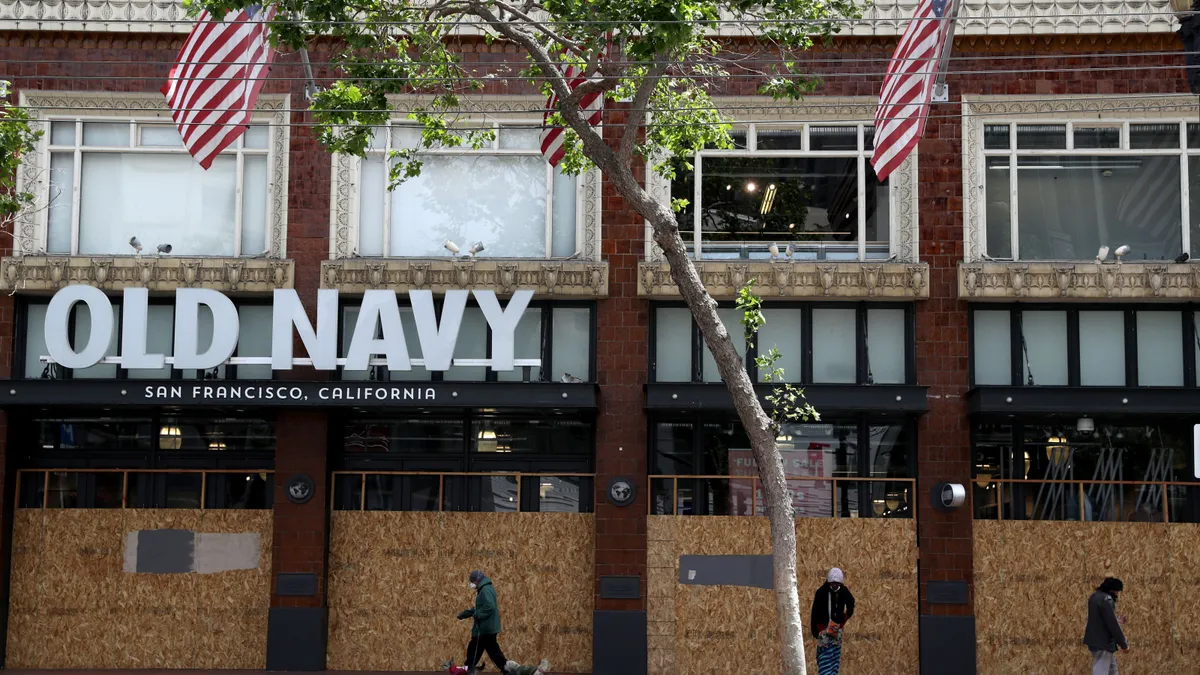The retail industry is going through a major evolution. From e-commerce giants like Amazon to neighborhood mom and pop shops, retail is changing rapidly to fit the needs of today's consumers. While the landscape may seem bleak for retailers competing against the fast-paced, increasingly digital environment, modernizing payment systems may hold the key to how businesses not only survive, but thrive in this new era.
To do this, retailers must look at three key trends propelling the payments and retail industries into the future: the digitization of payment solutions, omnichannel payment acceptance, and the integration of data and analytics to enhance the customer experience.
The digitalization of payments is driving the future of retail. Technological innovations and a hyper-connected world have significantly influenced consumer behaviors. Eight out of ten consumers globally use a computer, smartphone, tablet or digital in-store technology while shopping, and 82% of people say they consult their phones on purchases they’re about to make in a store. Technologies that didn’t exist a decade ago have now become the new norm.
If retailers want to thrive in this digital age, they must align with their customer’s expectations both in-store and online – not the other way around. Retailers must ensure their POS (Point of Sale) systems are modern enough to meet today’s needs and scale to the future. It is important to adopt a mobile-first approach, moving away from traditional manual offerings and toward intelligent self-service options that are both intuitive and higher-margin. Today’s consumers also expect to be able to buy anything, anywhere, at any time. Whether they are looking to purchase consumer goods, such as laundry detergent, or food items such as Indian takeout, they do not differentiate between a physical store and a virtual environment. They make purchases based on their needs, further blurring the lines between brick-and-mortar and eCommerce.
To continue to capture these consumers’ interest, it is key for retailers to adopt an omnichannel payment solution. These solutions should be seamless, user friendly, and on-brand. Starbucks is a prime example of this trend. They have capitalized on this opportunity by providing customers with an intuitive mobile application and payment platform that rewards them every time they make an in-store or virtual purchase. One-third of their customers are now making purchases through this application – an unheard of statistic in mobile payment adoption.
These advancements and changes also present a new set of challenges for today’s retailers as many consumers are only communicating with merchants at the payment point of sale. While this can make it more challenging for retailers to get to know their customers in a traditional sense, it is also an opportunity for forward-thinking retailers to invest in technologies, like data analysis programs, that reveal useful information about the trends driving consumer spending habits.
Tracking purchasing and payment habits can provide important data and business insights that can be used to enhance the overall customer experience. Consider how smart data can be used for measurement and personalization of the customer experience. For example, data on previous spending habits of a customer could be used to push relevant retail promotions that are tailored to her needs and location using her mobile phone. The retailers that get this right build loyalty and trust, while simultaneously creating experiences that are enjoyable for the customer at every touch.
Simplicity is paramount when implementing these changes. Deploying new payments technologies and data analysis are complex organizational moves, requiring integration across the enterprise to do so effectively. Successful retailers will complete the integration while being mindful not to clutter the payment experience with too many barriers. Offering seamless, digital, and user-friendly payment systems will be the ultimate differentiator – a way for businesses to stand out in a retail world in flux.









